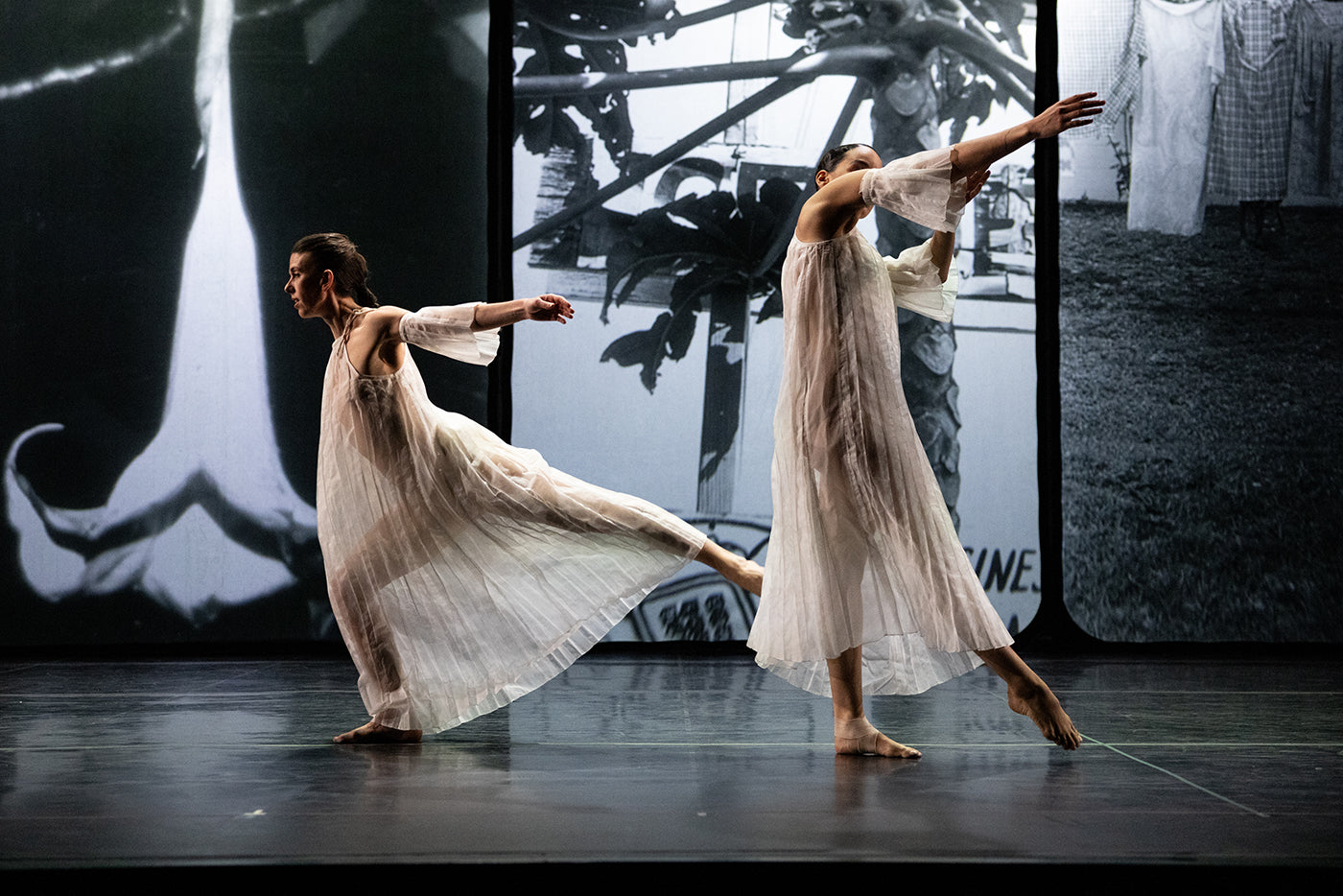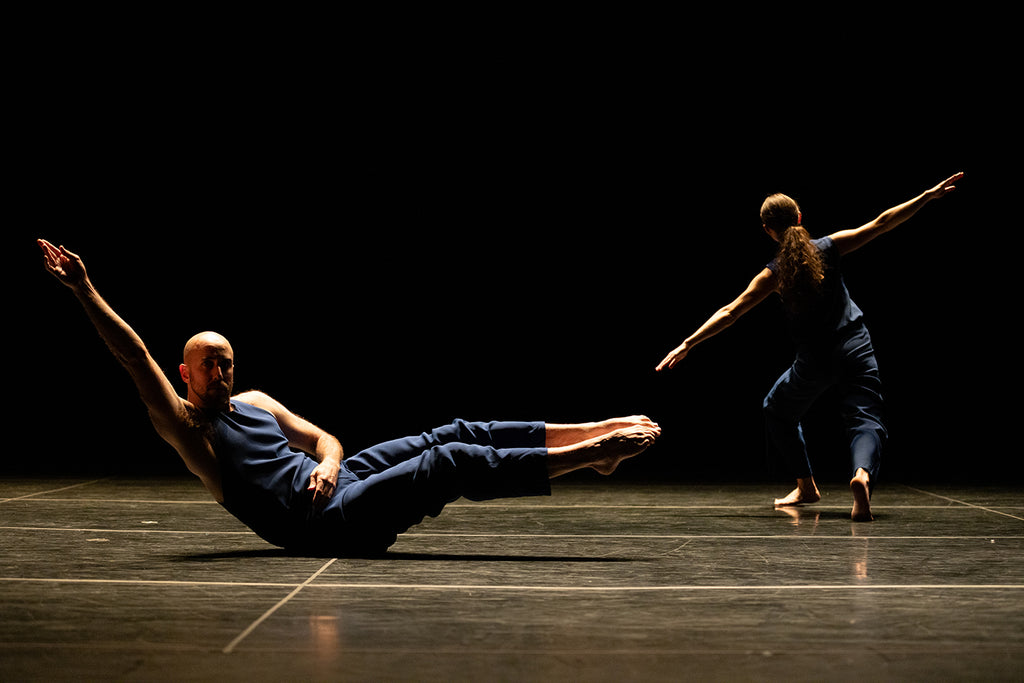Sweet Fields
According to artistic director Peter Boal’s welcome letter for Pacific Northwest Ballet’s fifth season program, the most popular mixed rep slates at PNB feature works by Crystal Pite or Twyla Tharp.
Plus
World-class review of ballet and dance.
Dance scholars have been remarking on the great Trisha Brown nearly from the day she first stepped into Robert Dunn’s class—the genesis of Judson Dance Theater—in the 1960s. If I’m feeling the presence of post-modern dance history looking over my shoulder now as I type, I can imagine the weight the Trisha Brown Dance Company carries, seven years after its founder’s passing. The TBDC 2024 season at the Joyce Theater in New York included two vintage Brown works: “Glacial Decoy” (1979), restaged by Lisa Kraus and Carolyn Lucas, and “Working Title” (1985). A new work, “In the Fall” (2023), commissioned from French choreographer Noé Soulier and created with support from Dance Reflections by Van Cleef & Arpels, offered a rare chance to glean a fresh appreciation for Brown’s legacy.



According to artistic director Peter Boal’s welcome letter for Pacific Northwest Ballet’s fifth season program, the most popular mixed rep slates at PNB feature works by Crystal Pite or Twyla Tharp.
PlusLassoing is a surprising through-line for a Martha Graham Dance Company performance. The theme steps generally tend towards the child-birthing variety: contractions and deep squats.
PlusAs a dance viewer, it’s easy to get swept up in the grand movements in a piece, glossing over the finer details.
PlusHubbard Street Dance Chicago was in New York for a two-week run March 12–24 at the Joyce Theater, a venue that consistently programs excellent smaller dance companies in its 472-seat theater.
Plus
comments